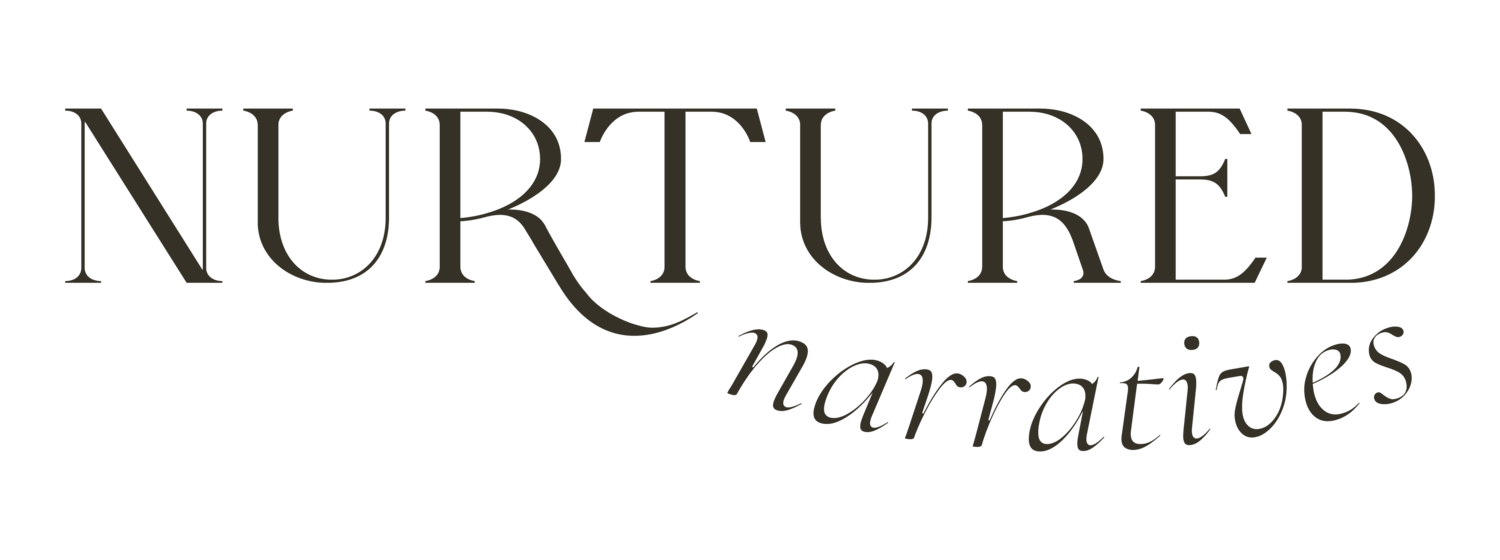How To Decrease Writing Stress With An Outline
Avoid undue stress by creating a well-crafted outline.
I’m all for free writing and self-reflection—especially when inspiration hits—but when it comes to content for clients or publishers, well, an outline can help you skip unnecessary frustration.
With a well-crafted outline, you can increase your productivity, gather your thoughts more effectively, gain approval faster, and be more confident when you sit down to do your writing. I know I know… it can feel like an extra step. But think of it like putting on sneakers before going on a run. You wouldn’t want to go running barefoot, now would you? Think of an outline like your shoes.
Let’s run with that idea, shall we? 🏃🏃🏃
7 Tips For Writing A Low-Stress Outline
Every writing project is different, but these tips will help alleviate anxiety while outlining so that whatever you’re writing feels more achievable.
Format your headers. Separate your outline in the intended format (if provided) or create a structure that works best for your writing goals. Then, use headings to divide sections. And, rather than putting placeholder text (i.e., “TK”), write a summary of what you want the area to assess the flow better when you review the outline as a whole.
Include potential sources. Do yourself a favor and start gathering research early. Clients love seeing optional stats included (especially B2B) or suggestions for subject matter experts. Run into articles, books, or quotes you want to look into? Jot them down to save yourself time from having to go back later and find the links. (If you’re unsure where to put them yet, add a resource list to the bottom of your outline.)
Centralize feedback. While this may only work for some clients, avoid the stress of lengthy back-and-forth emails (where things too often get missed) by including suggestions and comments directly in the outline. Better yet, have examples of your suggestions so visual learners can grasp your recommendation faster. (And don’t forget to tag the appropriate collaborators!)
Advocate for action. Consider the action you want a reader to take after reading the content. Use that insight (or client direction) to plug in placeholders for CTAs (whether it’s once at the end or throughout) that’ll help you achieve your goals while providing a feel-good experience for readers.
Have fun with titles. It could be beneficial to brainstorm potential titles or headlines for the content you’re writing so you can add a dose of creativity to this practical task and gain alignment with your client on the overall vibe and direction of the content.
Plan for visuals. If you know your content will require or benefit from visuals, add suggested placeholders to assess what graphic needs there will be, and start any conversations with designers early, so you don’t wind up getting held up by visuals.
Double-check access. Are you sharing the outline with someone else? Double-check that your doc has the correct permissions to avoid the needless stress of email notifications requesting access that could cause preventable delays.
wellness check
Elevate your outline with the right playlist. Studies show that the right music can boost productivity and increase focus, and, as Tomas Chamorro-Premuzic writes in HBR, “background music can be a good antidote to other distractions.” My personal favorite is Writing Music For Focus on Spotify.
Moving Forward, Thoughtfully
Use your outline as a path to move through content creation gracefully. However, don’t be afraid to be adventurous and deviate from that path should inspiration or insight take you another way. Outlines can prevent brain fog, organize jumbled thoughts, and clarify feedback. But they’re also just a guide; sometimes, the final piece will require you to write out of the lines.
Position yourself for success by designing your outline, but stay flexible and curious when coloring it in.
If you enjoyed this post and want more nurturing notes and writing advice, subscribe to my newsletter. If you need help with your outline or your content, email me at: sonya@nurturednarratives.com.a


